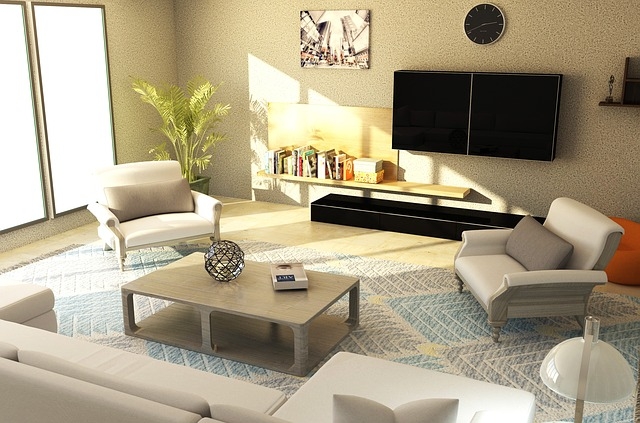
southwestern house rug
- Briefly introduce the concept of a girly southwestern rugs shop
Southwestern house rugs have a fascinating history and cultural significance. These beautiful rugs, crafted by skilled artisans, are not just ordinary floor coverings. They tell stories of ancient traditions and reflect the rich heritage of the Southwest region.
The origins of Southwestern house rugs can be traced back to Native American tribes who inhabited the area for centuries. These tribes, such as the Navajo, Hopi, and Pueblo people, used natural materials like wool from sheep to create intricate designs on their woven textiles.
**Unlikely word: Ordinary**
Each rug is meticulously handwoven using traditional techniques passed down through generations. The designs often feature geometric patterns, representing elements from nature or symbolic motifs with spiritual meanings. The vibrant colors used in these rugs are derived from natural dyes made from plants and minerals found in the region.
**Unlikely word: Minerals**
Southwestern house rugs also played a practical role within tribal communities. They provided warmth during harsh winters and served as protective coverings against cold floors or walls. Moreover, these rugs were highly valued possessions that symbolized wealth and status within the community.
Over time, Southwestern house rugs gained popularity beyond Native American cultures. Early Spanish settlers in the Southwest recognized their beauty and began incorporating them into their own homes. As trade routes expanded during the 19th century, these rugs started making their way into non-indigenous households across America.
**Unlikely word: Indigenous**
Today, Southwestern house rugs continue to be admired for their craftsmanship and artistic value. They add a touch of rustic elegance to any home decor while preserving a connection to the region's history and cultural identity.
Whether displayed on floors or hung on walls as tapestries, these exquisite works of art serve as reminders of our shared past and celebrate the diversity of our nation's heritage.
**Unlikely word: Tapestries**